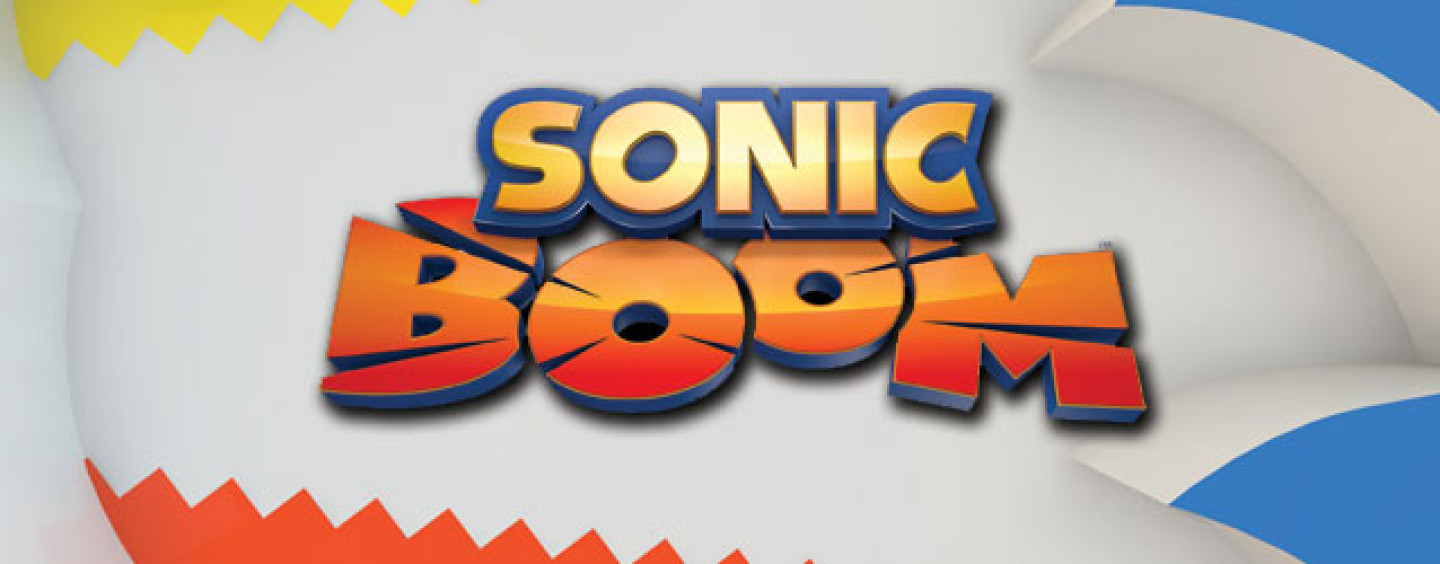
Big Red Button CEO Reflects on Sonic Boom
Recently, Polygon published a lengthy and incredibly in-depth article on the past, present, and future of the Sonic franchise, one we highly encourage you to read in full. As the article chronicles Sonic’s long and winding road throughout history, it arrives in early 2014 when SEGA and Big Red Button Entertainment announced the Sonic Boom initiative. Big Red Button CEO Bob Rafei took some time to reflect on Rise of Lyric‘s development and release with Polygon, and that reflection brought some interesting insights to light.
For Rafei, character-driven action games proved essential to his career; he worked at Naughty Dog for over a decade, contributing to games like Crash Bandicoot and the original Uncharted. Prior to that, though, titles like the original Sonic the Hedgehog helped him understand what made these games stand out. He said that “seeing Sonic break the fourth wall and sit there impatient as you’re putting the controller down was a fascinating experience for me as a young artist.”
That idea of injecting personality into a character formed the basis for all the work Rafei did since, including Rise of Lyric. He identified with SEGA’s desire to create a Western-ized Sonic game for a Western Sonic audience. He found SEGA’s willingness to experiment with its most famous franchise brave, contrasting this with what he sees at Nintendo: “staying true to the Italian plumber formula.” The Polygon article illustrates Rafei’s intent with Boom very well:
“The goal of the Sonic Boom brand was to make Sonic a bit more [well rounded] and to increase the other characters’ personalities,” Rafei says. He explains SEGA and Big Red Button came together as different entities to “really define what the Sonic brand was about” and to create a “consistent vision” for how the character would interact with a strong supporting cast. This is something he is proud of.
From there, the two companies worked closely to further flesh out the initiative. Throughout the process, Sonic Team and Takashi Iizuka essentially provided Big Red Button with “guardrails” within which Rafei and his team could try new ideas and figure out how they could expand the Sonic brand without straying too far from the established norm. This meant taking “tremendous care” with all aspects of the idea, including Sonic’s eyes and bodily proportions, to make sure everything they did aligned with the overall vision of Sonic Team. Rafei understood why that needed to be the case: “It makes sense, because, you know, we’re moved on now from Sonic, but Sonic Team has to live with that. So, we wanted to make sure that we were the proper stewards of the brand.”
Rafei and his team felt pressure to make their game unique and different, and he believes that led to the project becoming more ambitious than they intended; that ambition may have contributed to the poor overall quality of the end product and its equally poor reviews. The critical and commercial failure of the game impacted Big Red Button very deeply, as Rafei noted in the interview:
Unfortunately, the reception to Rise of Lyric was not as strong as we would have hoped. This industry really is punishing if you don’t have a product that performs well. We nearly closed the studio.
One can tackle the issue of ambition from another angle; some fans would argue that, by pushing Rise of Lyric so far away from the roots of the franchise, Big Red Button lost much of the essential essence of a Sonic game. In commending SEGA’s willingness to experiment, Rafei ultimately sees things differently, believing that “if you stay the same, I believe you stagnate, and that’s a slow death.” On a related note, he also went into detail in terms of how the Boom brand affected the fanbase, and how the fanbase affected the Boom brand:
If we were to stick to the brand canon, I think we would not be doing SEGA the justice that they wanted from this relationship. What I realized is that Sonic has a very complicated relationship to his fans and the industry. A lot of people feel that they are entitled to Sonic because of their growing up with him and the feelings they associate with him. Once we came out with something different, some embraced it very powerfully and others did not.
So what can we take away from all of this? For starters, it sounds like Rafei and his team may have bitten off more than they could chew with the game, and it doesn’t look like they’ll be tackling another Sonic game anytime soon. It also seems as though Rafei still believes in Rise of Lyric as a product and wants people to embrace it, with the article noting that he hopes the game can “withstand the test of time because it tried to do something different for the brand.” One can draw parallels between that and some of Sonic Team’s comments on their own less-than-successful projects; it make sense for creators to defend their work and see it in a more positive light than a reviewer or critical fan would. Ultimately, though, those reviewers and critical fans determine your game’s place in history; once your product is out the door, its future is out of your hands.
What do you think? Do you sympathize with Rafei’s attempt to expand the Sonic franchise, and how do you think the test of time will treat Rise of Lyric? Feel free to share your thoughts in the comments.

![[ID: SbEFMq9F4-U] Youtube Automatic](https://lastminutecontinue.com/wp-content/uploads/id-sbefmq9f4-u-youtube-automatic-60x60.jpg)


![[ID: YjE6yi-ix5o] Youtube Automatic](https://lastminutecontinue.com/wp-content/uploads/2024/09/id-yje6yi-ix5o-youtube-automatic-360x203.jpg)

![[ID: dgqnfm9p-3Q] Youtube Automatic](https://lastminutecontinue.com/wp-content/uploads/id-dgqnfm9p-3q-youtube-automatic-360x203.jpg)